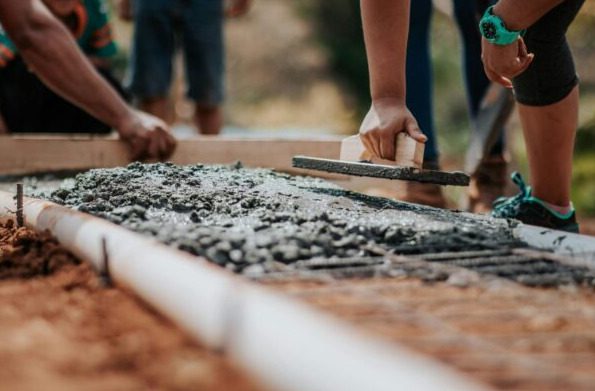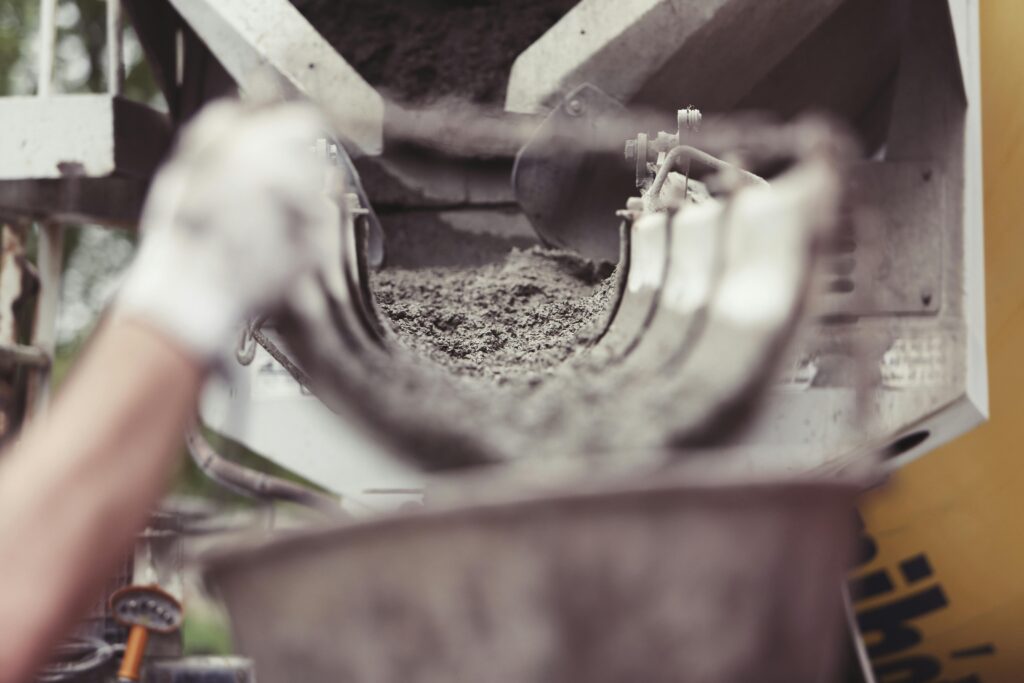What Happens if Concrete Freezes During Curing Time?
Call us at (520) 301-0316

What happens to the concrete if it freezes in the curing process? When working in cold areas, construction professionals often wonder why this happens. Durability is among the issues caused by freezing, along with its workability.
In this article, we will put frost as a topic for discussion. We will provide you with the ways on how to know if your concrete has frozen or not.
Concrete Curing Is a Process That Involves the Concrete Being Cured
Concrete is an extensive material that can be utilized for a broad array of construction projects. It is an option for all sorts of uses from bridges to roads, buildings to dams. One of the most crucial stages of its utility is concrete curing. In this process, cement particles are made to form chemical bonds with the aggregate to which they are mixed. After hardening the concrete becomes so strong that it can easily handle all the conditions in it’s life.
The curing process in the case of freshly poured concrete needs to be carried out for 28 days in a row so that it will be fully cured. On the other hand, if the temperature is going to drop to freezing, the curing process is going to be interrupted.
Can Concrete Freeze During Curing?
If concrete freezes in the curing process it can cause several problems that could compromise its structural integrity or long-term performance. These points will cover the different problems that can occur when concrete freezes in the curing process.
1. Delay in Hydration
The overall process of curing, by the way, mainly includes the hydration of cement particles. The concrete mix begins to freeze which in tum causes the hydration process to slow down and stretch the setup process. The hygienic process will be inofficial once particles of cement go through scarcely any of the proper reaction with water in the way water curves the foreshortening of the strength. The concrete, both in terms of its weakening and cracking, would be less strong that it could be, as well as less quality with durability.
2. Expansion of water
What temperature does concrete begin to freeze at? The freezing point of concrete starts at anything lower than 32degF (0degC). Freezing water grows by about 9% when it freezes. As a result, the concrete is overstressed internally and this can be the cause of the generation of microcracks. These damages may lead to the breach in the load-carrying capacity of the concrete adding the exposure to environmental cycles of freeze-thaw.
Call us at (520) 301-0316

3. Reduced Bonding
What happens to the bonding if concrete freezes in the curing process? When the temperature drops below freezing, the bonding between the cement paste and the aggregates is drastically weakened. Utilize the sentence from the prompt to answer the question below. This will reduce the strength of the bond. The concrete can become weaker, more porous and more susceptible to wear.
4. Compromised Workability
On the one hand, the freezing temperatures may be inconvenient, worsening the already complex working conditions associated with the frozen concrete, causing the mix. To become more rigid and hence less flexible. Consequently, the placing and compacting of concrete may be troubled, and thus the quality of the final product can be affected.
How to Tell if Concrete Frozen During Curing
Look for these signs to determine if newly poured concrete has frozen:
- Longer setting time. When the concrete, still fresh, gets frozen, the process of it being transformed into concrete lengthens, because of the condition that prevents prosesses strongly from being effected by cold temperatures is upon it.
- Bleeding Water: When the water in concrete mixes freezes excessively, it can cause bleeding where water pools at the surface. This could indicate that the concrete has frozen or is currently freezing.
- Uneven texture: The freezing process can cause uneven textures or colors in concrete.
- Surface ice or frost: When the concrete surface begins to frost, it means that the concrete is either freezing or is already frozen.
Preventive measures are essential when it comes to preventing concrete from freezing during the curing phase. This will ensure that the structure is of high quality and durable. can be used to measure the temperature in concrete to determine when to take precautions.
For your concrete inquiry contact Apexx Enterprise LLC for more information.
FAQ
How long should concrete be protected against freezing?
Concrete must be protected against freezing for the first 24 hours.
Concrete cracks in cold weather
Cold weather can crack concrete because it contracts at lower temperatures. It is the same for high temperatures, where concrete expands. Concrete cracks due to both expansion and contraction.
Can you put salt on concrete?
Salt weakens concrete through chemical reactions. Salt also causes the metal in the concrete to rust and cause cracks. It increases the freezing and thawing cycles, which damages the concrete surface.
